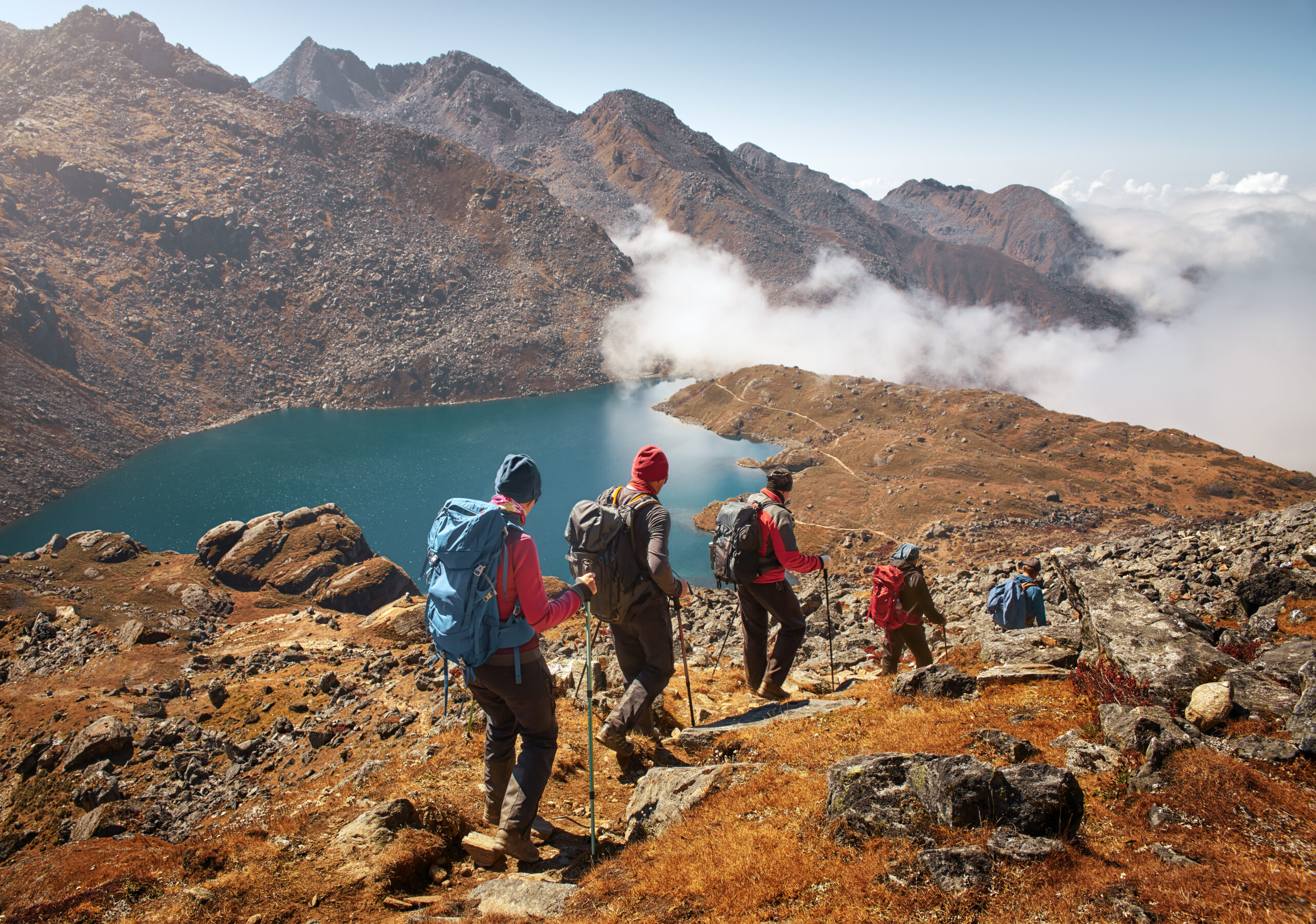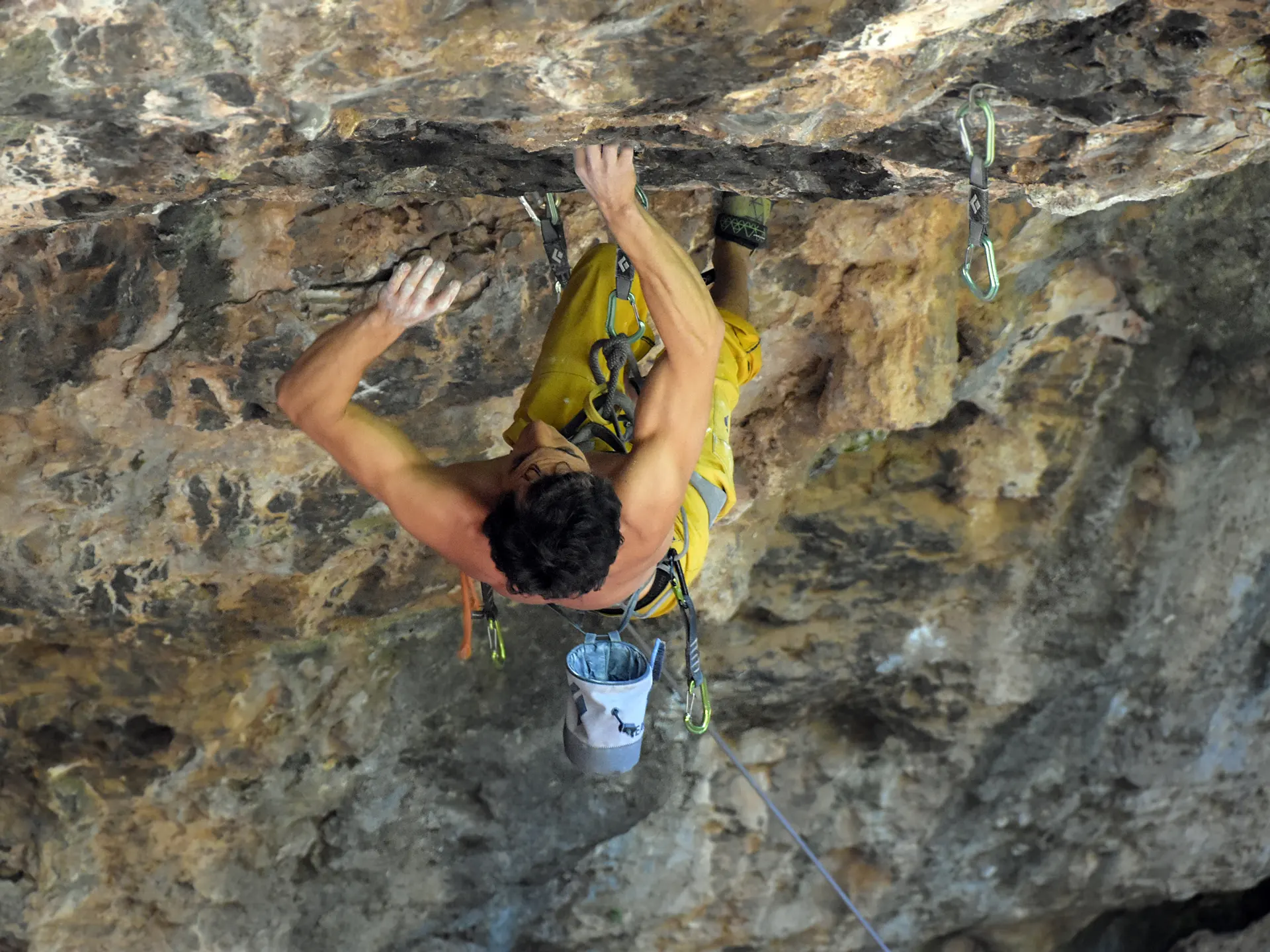Today, I want to delve into a topic as crucial to our mental well-being as our physical stamina when exploring the great outdoors: the nuanced world of self-talk, something entirely new to me until recently. In a recent Duratus Wednesday webinar presented by ex-Special Forces Sgt Major Gaz Banford and Dr Martin Jones, they introduced this fascinating subject. Now, I want to dig deeper, offering insights from my rabbit hole research to help you craft your self-talk scripts that enhance performance and well-being, especially as you traverse the hills, mountains, and cycleways and embrace the wilderness.
Beyond Positive and Negative: The Functions of Self-Talk
Firstly, I’d like to challenge the conventional positive vs. negative self-talk dichotomy. While the nature of the words we tell ourselves—whether uplifting or critical—might seem of paramount importance, it’s the outcome or function of these words that truly matters. A seemingly positive affirmation can lead to complacency if it doesn’t align with reality, just as a critical inner dialogue might be the very spur that drives us to climb higher, both literally and metaphorically.
Motivational vs. Instructional Self-Talk
Among the various functions of self-talk, two stand out for their direct applicability to our experiences in the hills: motivational and instructional self-talk. Motivational self-talk serves to psych us up, fueling our emotional tank with energy or calm, akin to a mental pep talk before a challenging ascent or climb. Instructional self-talk, on the other hand, guides us through specific actions or reminders, helping us focus on the task at hand—be it maintaining our pacing, regulating our breathing, or keeping consistent power on the pedals during a steep incline.
The Power of Situation-Matched Self-Talk
The effectiveness of self-talk hinges on its relevance to the situation. There’s little point in telling ourselves we’ll conquer a marathon when our real victory lies in completing the challenge. Instead, our self-dialogue should ground us in reality, reminding us of the practical steps we need to take to reach our goals. This approach keeps our self-talk beneficial and rooted in the present moment, enhancing our performance and enjoyment of the outdoors.
Third-Person Self-Talk: A Distance Perspective
An intriguing aspect of self-talk that Martin and Gaz discussed is the concept of third-person or distanced self-talk. Instead of using “I” statements, addressing ourselves by name or a nickname can create a psychological distance, making it feel as though the encouragement or guidance is coming from someone else—perhaps a sports coach or a respected athlete like Mark Cavendish. This technique can be particularly powerful during challenging moments, such as ascending a daunting hill, by providing the mental fortitude to persevere.
Embracing Our Inner Coach
This journey into the landscape of self-talk reveals its potential as a tool not only for personal growth but also as a way to enhance our connection with the natural world. As we navigate the trails, let’s also navigate our internal dialogues with intention and awareness, using self-talk as our inner coach to guide, motivate, and support us.
The wilderness offers a unique backdrop for practicing and benefiting from effective self-talk. Whether we’re pushing through the last few zig-zags of Ben Nevis, or sitting quietly by a mountain stream, how we talk to ourselves can transform our experiences, turning challenges into opportunities for growth and reflection.
Moving Forward
This exploration of self-talk is just the beginning for me; it’s something I am focussing on more and more, not just in an outdoor context but also in a professional sense. I will probably provide a follow-up blog to this, unraveling how self-talk is working for me and how our inner dialogues can potentially shape our perceptions, actions, and, ultimately, our lives. Whether you’re scaling the Eiger or a metaphorical mountain, remember that the power of self-talk might be all you need to push past pre-conceived limitations, both recreationally and professionally.






